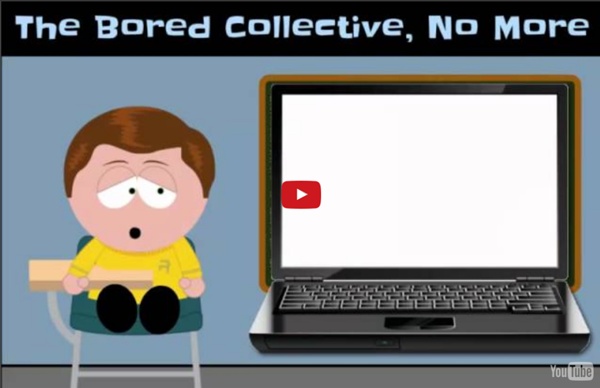BYOD in the 21st Century

20 Pros and Cons of implementing BYOD in schools
BYOD (bring your own device) is where you allow your students and staff to use personal mobile devices on your school wireless network. I’m sure you’ve heard of it, because it’s spreading through schools faster than juicy gossip in a tiny town. Now, there’s a lot to consider when determining if implementing BYOD in schools is the right move. So, here’s a list of 20 pros and cons to hopefully help make the decision a little easier on you. Pros of BYOD 1.) 2.) 3.) 4.) 5.) 6.) 7.) 8.) 9.) 10.) 11.) 12.) Also Read | "1:1 or BYOD? 13.) 14.) 15.) 16.) 17.) 18.) 19.) 20.) Cons of BYOD 1.) 2.) 3.) 4.) 5.) 6.) 7.) 8.) 9.) Also Read | "How to Plan a BYOD Security Policy for Schools" 10.) 11.) 12.) 13.) 14.) 15.) Okay, I know I said I would give you 20 but I honestly can’t think of any more cons at the moment. So we have 20 pros and 15 cons…looks like the pros for BYOD in schools are beating out the cons here.
The Pros and Cons of Bring Your Own Technology (BYOT) Programs in Our Schools
Downsides to School-Supplied Devices Purchasing learning technology for every student is expensive. After the initial purchase, schools need to spend additional money on research, training and administration. Once you've supplied students with devices, you need an IT department to support them. With BYOT, maintenance is primarily a student responsibility. Schools will need a beefy wi-fi network separate from the staff network to prevent access to sensitive information. When the devices are issued, students and parents need to be made responsible. Control over content is an illusion. Deciding to supply students with technology is no speedy task.
Related:
Related:



